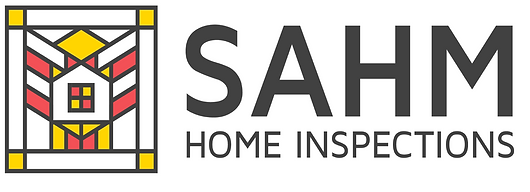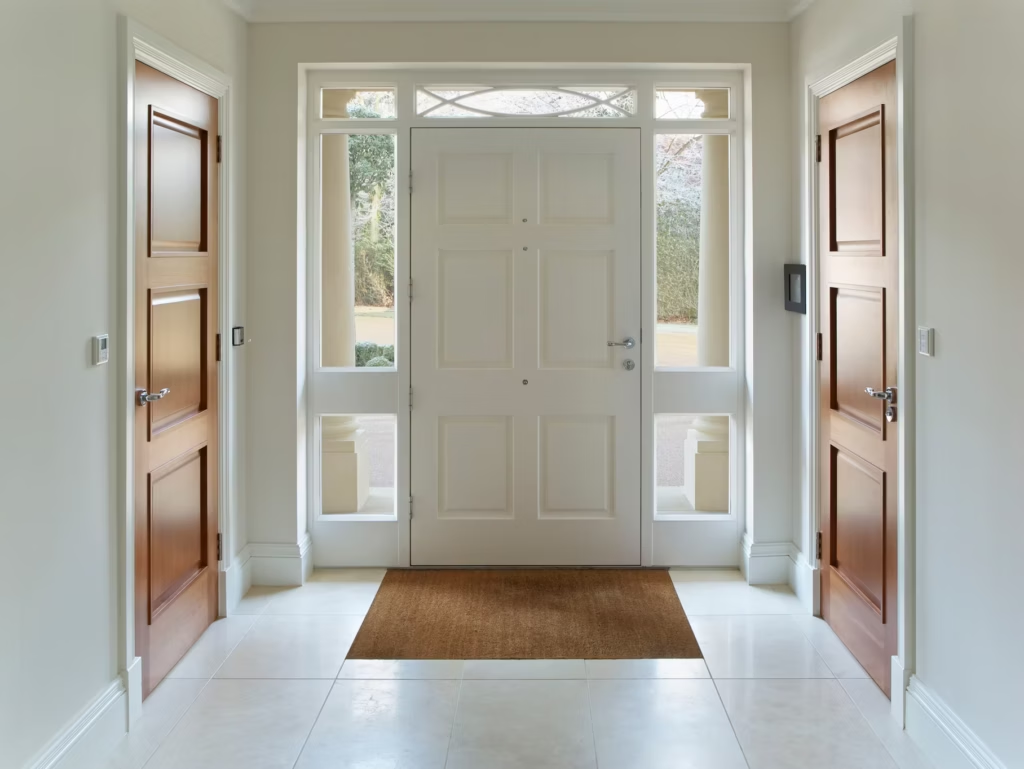A Sewer Scope Inspection is one of the most frequently overlooked inspections during a home purchase. Often buyers don’t consider it as a necessary service. A damaged sewer line can cost thousands of dollars to repair! Like other services, it is a valuable investment in the home purchase process, especially if buying a newly built […]
A Sewer Scope Inspection is one of the most frequently overlooked inspections during a home purchase.
Often buyers don’t consider it as a necessary service. A damaged sewer line can cost thousands of dollars to repair! Like other services, it is a valuable investment in the home purchase process, especially if buying a newly built or an older home. Let me share what a sewer inspection should entail, when it’s warranted, and some of the common limitations of a sewer inspection.
What is a Sewer Scope Inspection?
To perform a sewer scope inspection, a flexible borescope camera is pushed through the home’s main sewer line (which drains the home’s wastewater into the city sewer system) to view otherwise not visible conditions. The inspector will be looking for cracks, crushed, broken or other damage, roots that have grown through the pipe, and other potential concerns. Your inspector narrates and video-records this process in order to provide you with a comprehensive report of findings.
What Are The Signs I Need A Sewer Scope Inspection?
A home of any age can have sewer problems. Surprisingly, it’s more unlikely that your newly constructed home may have issues. After the initial year, the potential for problems increases as the age of the home. Trees grow and become larger and roots may constrict or damage your sewer pipes.No one can say definitively if a house should or shouldn’t have a sewer inspection. Ultimately it’s the buyer’s decision on how much risk they are willing to assume.
When Should I Have a Sewer Scope Performed?
The most common time for a sewer scope inspection is during the home purchase process. Ideally, the sewer inspection is scheduled at the same time the home inspection is scheduled. Then, they can be performed during the same appointment. If sewer line issues are discovered, the buyer can negotiate with the seller to resolve these issues before the transaction is finalized. Again, repair costs can run $10,000 more and can be a very messy process. It’s highly recommended that you repeat the sewer scoping after having any work done on your lateral sewer line.
What If Sewer Access Cannot be Located?
If sewer access cannot be located, the inspector will determine if the property is eligible for a toilet pull or if access is possible through a roof vent. Generally, a toilet pull requires engaging a plumber to remove a toilet close to the main sewer line, scoping through the toilet drain, and then reinstalling the toilet with a new wax ring. There are additional charges for this and the seller will have to agree to sign a waiver. This normally means rescheduling the inspection for another day and time. If it is determined an inspection could be conducted through the roof vent, the inspector will obtain permission for the additional charge before proceeding. Some roofs are not possible for a roof vent inspection due to height and pitch.
What If the Sewer Inspection Reveals Issues?
When inspectors discover damage to the home’s piping during a sewer inspection, you have the option to negotiate repairs with the seller. Or, you may exercise your inspection contingency and back out of the sale.
I Skipped the Sewer Inspection, Now What?
Once you’ve taken ownership of a home, the sewer, like all other home systems, becomes your responsibility to maintain and repair. Periodic sewer scope inspections and cleanings are a good idea to ensure your pipe is in good condition.
Here are a few indications a sewer inspection is advisable:
-
Multiple drains are backing up at once inside your home.
-
There are very lush, thick, green patches of grass near the area where the sewer pipe runs. This indicates a leak may be present.
-
Large trees are growing near the sewer line area.
-
Your home was built 40+ years ago and may contain clay sewer pipes. Clay can damage more easily than the PVC pipe commonly used today.
-
Or your home was just built and the Builder did not do a post-construction inspection
Schedule Your Sewer Inspection Today!
A sewer scope is quick and affordable. It can save you thousands of dollars if you discover an issue during a buyer’s “inspection window”. Please call our office at (708) 232-8881 if we can help answer any questions or to schedule your sewer inspection.

